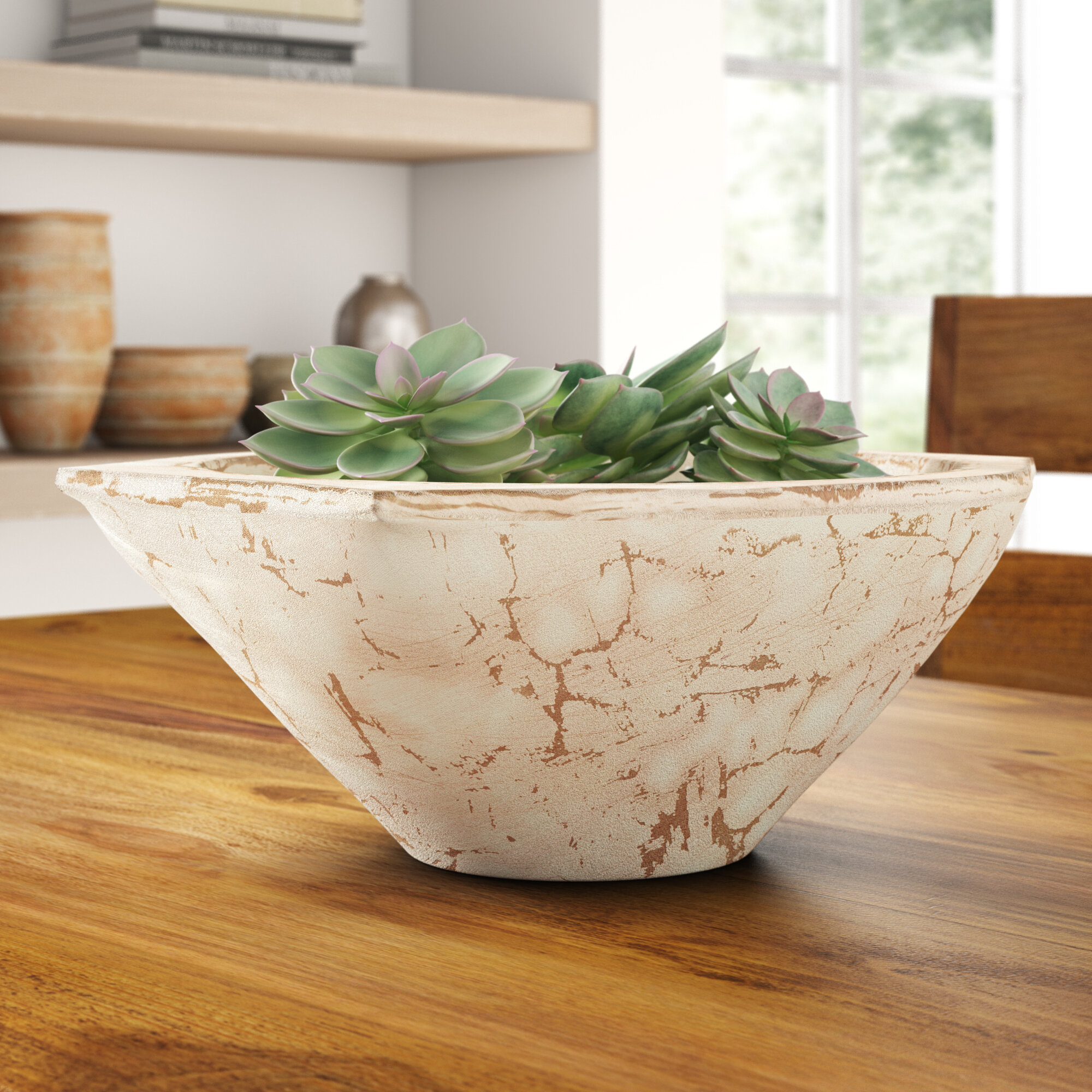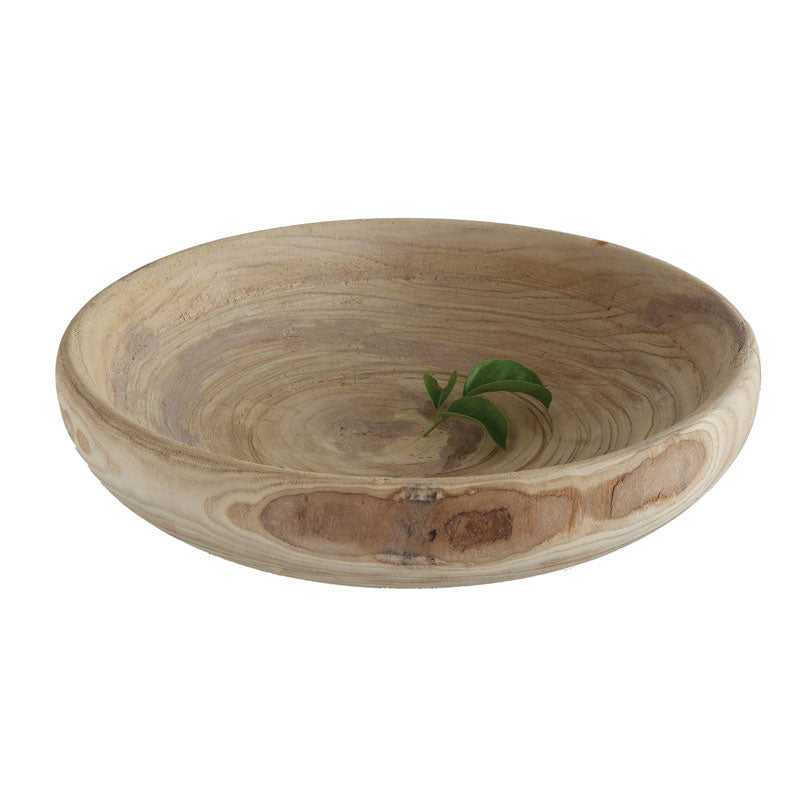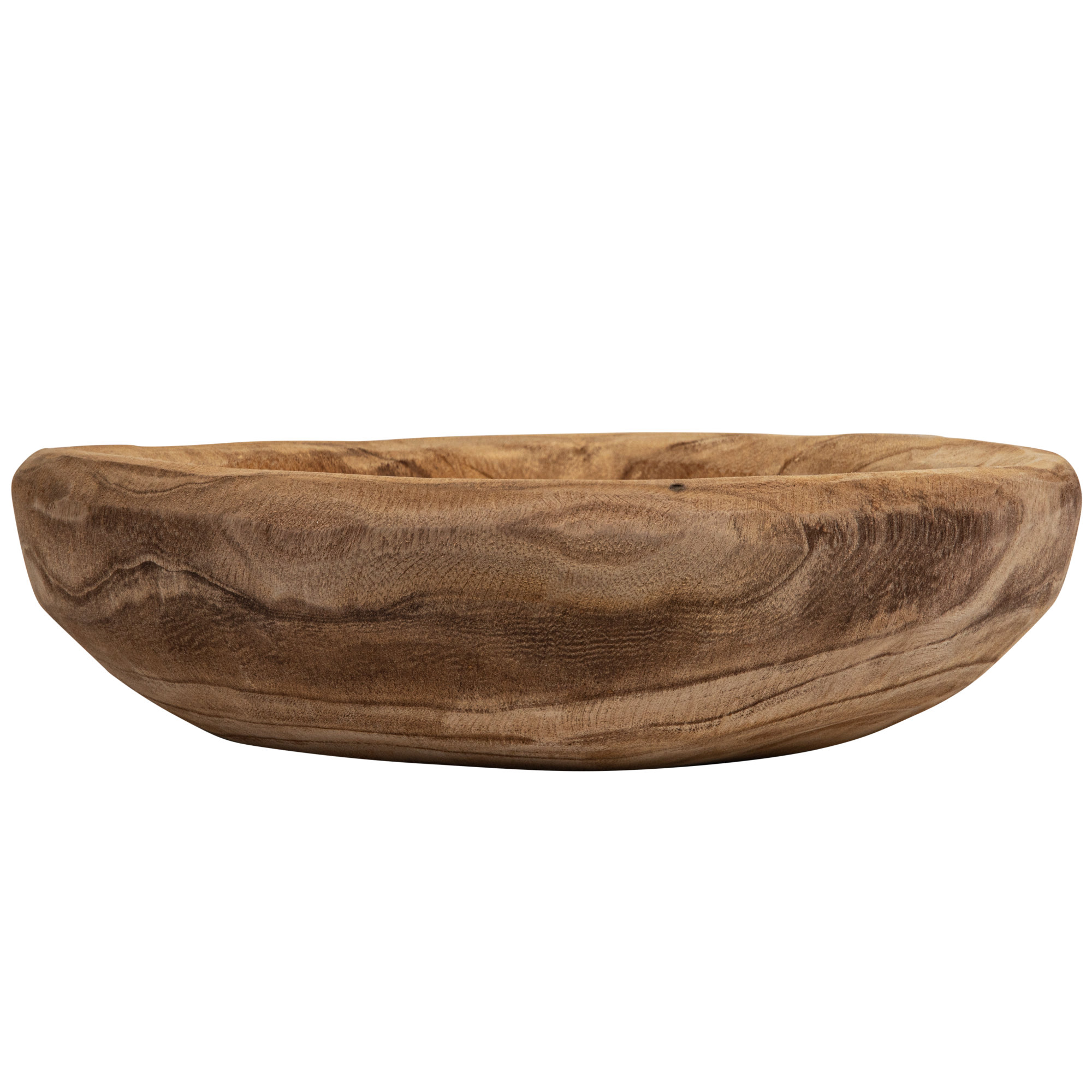Wooden decorative bowls have become an essential part of interior design, adding a touch of elegance and warmth to any space. In my own home, I’ve noticed how a simple bowl can transform a room, becoming a conversation starter and a focal point. In this article, we will dive deep into the world of wooden decorative bowls, discussing styles, uses, care tips, and how to choose the perfect one for your home.
What are Wooden Decorative Bowls?
Wooden decorative bowls are crafted from various types of wood and are used for both functional and decorative purposes. These bowls can serve as centerpieces on dining tables, catchall trays for small items, or simple decorative accents on shelves.
The Allure of Wood: Why Choose Wooden Bowls?
Wooden bowls bring a unique aesthetic to home decor. Here are some reasons why they are a favorite choice:
- Natural Beauty: The grain patterns and colors of wood are unmatched, lending a natural appeal.
- Versatility: They can fit into various decor styles, from rustic to modern.
- Eco-Friendly: When sourced sustainably, wooden bowls are an environmentally friendly choice.
- Durability: With proper care, they can last a lifetime, becoming cherished heirlooms.

Types of Wood Used in Decorative Bowls
Different woods bring unique qualities and aesthetics to decorative bowls. Here are some of the most popular types:
1. Teak
Renowned for its durability and water resistance, teak wood boasts a rich golden hue and beautiful grain patterns.
2. Acacia
Acacia wood is dense and durable, with a unique mixture of colors and patterns, making each bowl unique.

3. Mango
Mango wood features beautiful swirls and colors, making it a favorite for artisanal bowls. It’s sustainable and adds a pop of color to any decor.
4. Walnut
Walnut is known for its rich brown color and elegant grain. It’s strong and perfect for a high-end decorative bowl.

5. Bamboo
While technically a grass, bamboo is lightweight, sustainable, and has a modern aesthetic, suitable for contemporary decor.
How to Use Wooden Decorative Bowls

Wooden decorative bowls are incredibly versatile. Here are some creative ways to incorporate them into your home:
As Centerpieces
Place a large wooden bowl filled with seasonal fruits or decorative items like potpourri on your dining table for an eye-catching centerpiece.

Catch-All Trays
Use smaller bowls near entryways or coffee tables to hold keys, coins, and other small items, keeping your space organized and stylish.
Styling Shelves
Wooden bowls can be displayed on shelves as part of a curated collection, adding depth and interest to your decor.

Gift Ideas
A beautifully crafted wooden bowl makes a thoughtful and unique gift for housewarmings or special occasions.
How to Choose the Right Wooden Decorative Bowl
Selecting the perfect wooden decorative bowl can be overwhelming due to the variety available. Here are key factors to consider:
1. Size and Shape
Consider where you plan to place the bowl. Larger bowls work well as centerpieces, while smaller bowls fit better on shelves or side tables.
2. Style
Choose a bowl that complements your existing decor. For rustic homes, opt for bowls with a rough finish, while smooth, polished bowls suit modern spaces.
3. Wood Type
The type of wood affects both appearance and functionality. Think about durability, aesthetics, and maintenance when selecting your bowl.
4. Finish
Finishes can vary from raw to polished, each providing a different look and feel. Determine which finish aligns with your personal style.
5. Purpose
Consider whether the bowl will be purely decorative or if you intend to use it functionally. This will influence your size and durability choices.
Maintaining Your Wooden Bowls
Maintaining the beauty and integrity of your wooden bowls is essential. Here are tips based on personal experience:
1. Regular Cleaning
Use a soft cloth and mild soap to clean your bowls. Avoid soaking them in water, which can cause warping.
2. Oiling
Applying food-safe mineral oil periodically can help maintain the wood’s luster and protect it from drying out.
3. Avoid Heat and Direct Sunlight
Keep your bowls away from heat sources and direct sunlight to prevent cracking and fading.
4. Use Coasters
For functional bowls, use coasters under hot dishes to prevent damage to the wood.
Pros and Cons of Wooden Decorative Bowls
| Pros | Cons |
|---|---|
| Natural aesthetic appeal | Can be prone to scratches |
| Durable and long-lasting | Requires regular maintenance |
| Eco-friendly option | Some types may be expensive |
| Versatile for various decor styles | Not suitable for all food items (acidity, moisture) |
Comparison of Popular Wooden Decorative Bowls
| Wood Type | Durability | Maintenance | Price Range |
|---|---|---|---|
| Teak | High | Low, occasional oiling | $20 – $100 |
| Acacia | Medium | Medium, regular cleaning | $15 – $50 |
| Mango | Medium | Medium, occasional oiling | $10 – $60 |
| Walnut | High | Low, occasional oiling | $30 – $150 |
| Bamboo | Medium | Low, easy to clean | $10 – $40 |
FAQ
1. Can I use wooden bowls for food?
Yes, but it’s important to ensure they are food-safe. Some woods may absorb odors or stains from certain foods.
2. How do I repair scratches on my wooden bowl?
Light scratches can often be buffed out with fine sandpaper followed by oiling the area. For deeper scratches, consider using a wood filler.
3. Are wooden bowls safe in the dishwasher?
No, wooden bowls should not be placed in the dishwasher as the heat and water can cause warping and cracking.
4. What is the best way to store wooden decorative bowls?
Store wooden bowls in a cool, dry place away from direct sunlight, ideally stacked with a cloth between them to avoid scratches.
5. How often should I oil my wooden bowls?
Oil your wooden bowls every few months or whenever they look dry to maintain their luster and prevent cracking.
Conclusion
Wooden decorative bowls are not only functional but also serve as timeless pieces of art in our homes. By understanding the types of wood, their uses, and maintenance, you can select the perfect bowl to suit your style and needs. From personal experience, I’ve found that investing in a quality wooden bowl has enhanced my home’s ambiance and provided a unique space for functional decor. So go ahead, embrace the beauty of wood, and let your home flourish in style!